Kettle’s Yard: A Tour Through Cambridge’s Modern Art Gallery
Kettle’s Yard, a somewhat modest home in the middle of Cambridge, UK, harbors an impressive art collection of predominantly modern and abstract...
Ruxi Rusu 24 June 2024
If you’re a frequent visitor to a museum, for sure you must have a certain favorite piece from that place, right? The same is true for the museum staff that is surrounded by these artworks every day. Thanks to our partnership with the Cincinnati Art Museum in Ohio, we had a chance to ask members of their staff to show us their favorite artworks.
Cincinnati Art Museum founded in 1881 is considered one of the oldest art museums in the United States. It has a large collection of over 67,000 works. Among them, works of European old masters such as Peter Paul Rubens‘ Samson and Delilah (c. 1609), Lucas Cranach the Elder‘s Saint Helena with the Cross (1525), and Frans Hals‘ Portrait of a Dutch Family (mid-1630s). Moreover, Cincinnati Art Museum houses a considerate collection of African art, Southeast Asian art, Native American art, and American art.
Favorite of Erin Gelderman, Design Coordinator
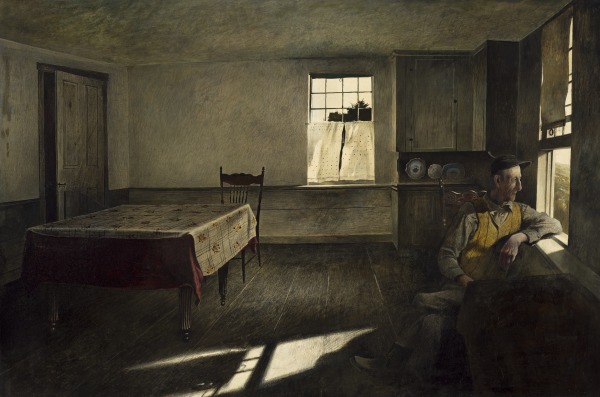
American painter Andrew Wyeth had a knack for painting psychological portraits. In Henry Teel, which resides in Gallery 211, a lone man is depicted sitting by a window. Light spills into the room showing the man’s minimal belongings: a table, one chair, and a shelf with a couple of plates. Curtains appear to be in motion, allowing the viewer to imagine a gentle breeze touching the man’s face as he gazes out the window into the unknown. A door on the opposing side of the painting is slightly ajar, making the audience wonder, is this man waiting for someone? The appeal of this painting for me lies in the narrative quality of Wyeth’s work. He depicts an environment that raises more questions than answers, leaving the audience to ponder the inner lives of the people he paints. Although this work could be easily read as depressing, I imagine Teel as a man content with his own solitude, gazing out upon the island he proudly inhabits.
Favorite of Melissa Copeland, Visitor Services Assistant
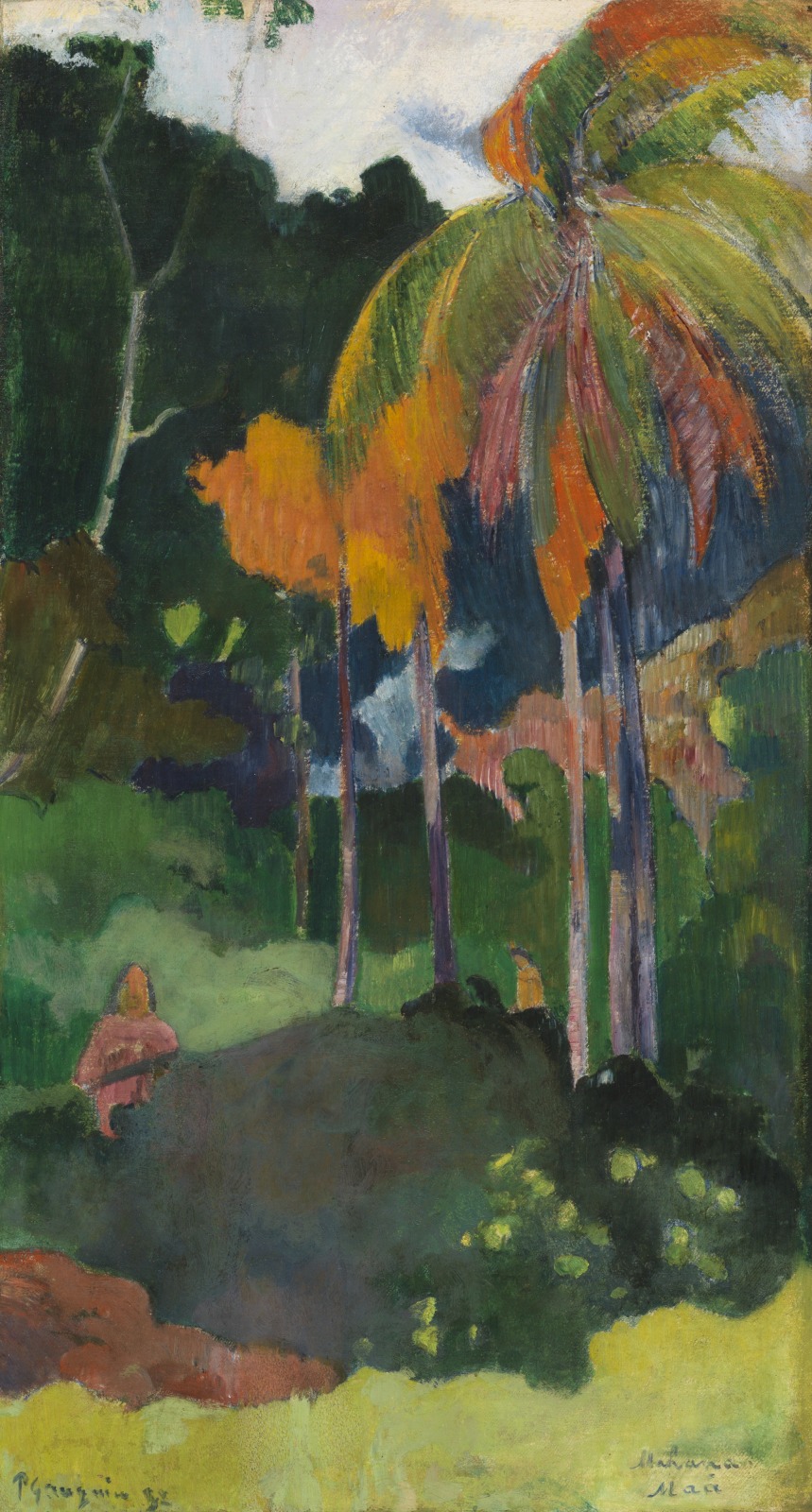
I always have to stop and look at this painting when I’m walking through the galleries. My favorite part is Gauguin’s use of color. The color conveys a warmth that encompasses the whole painting.
Favorite of Rachel Ellison, Administrative Assistant for Learning & Interpretation
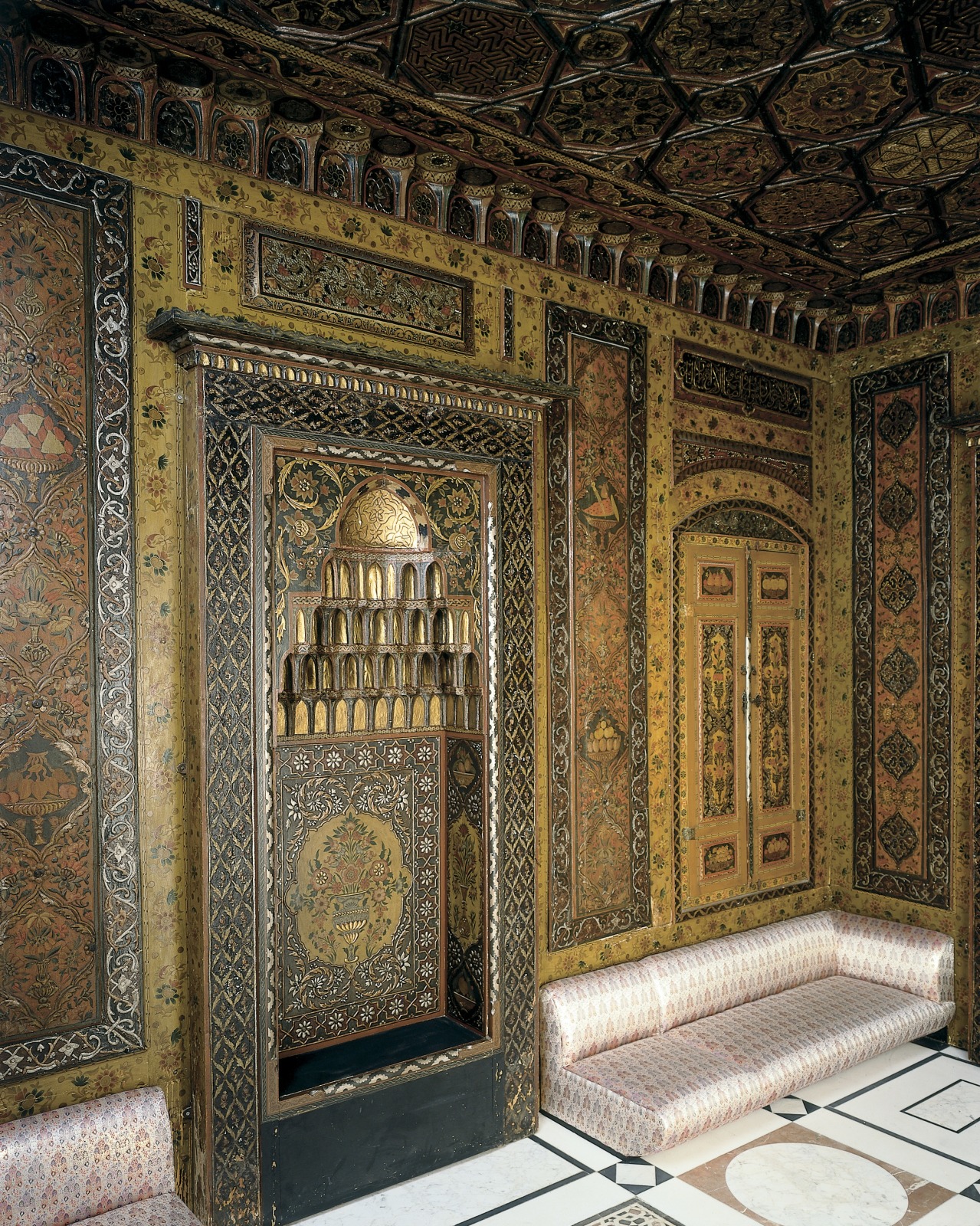
Datable to the early 18th century, the Damascus room ranks among the earliest of period settings from Syria, second only to the celebrated Nur al-Din Room at New York’s Metropolitan Museum of Art. Its painted walls offer a distinctive insight into the decorative tastes current in Damascus, then under Ottoman rule. The room’s lavish painted decoration reveals that it served as a principal parlor in the villa of an affluent 18th-century Syrian family. It’s not every day that you get to actually take a walk inside of an artwork. When I walk into the Damascus Room, I am easily consumed by the ornate beauty of its decorations. Take a peek for yourself – it’s currently on view in G144.
Favorite of Andrew Palamara, Assistant Director of Docent Learning
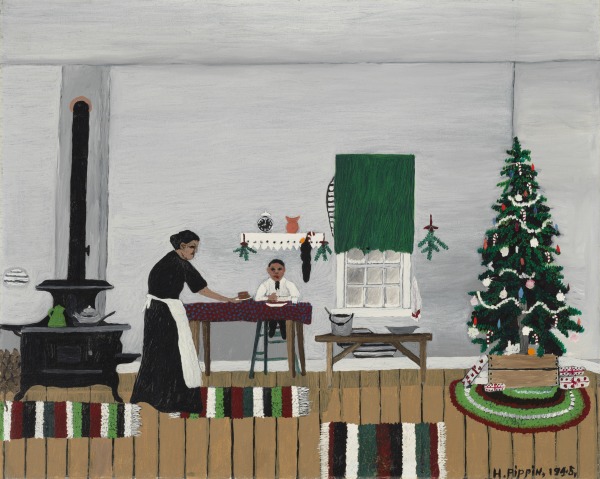
Horace Pippin shows the grandeur in the ordinary lives of common folk. In this autobiographical work, a mother serves pancakes while her son sits patiently with his hands folded in prayer, waiting to eat breakfast. The home’s poverty is evident in the exposed wallboards where large chunks of plaster have fallen away. Yet the painting glows with familial warmth between the two figures, and the neatness of the room suggests domestic order. I love this for two main reasons. Horace Pippin started painting after sustaining a war-time injury, using it as therapy. I find that incredibly moving. He’s also depicting a scene of his lived experience, which, through no fault of his own, wasn’t given its due credit in the art world at the time. This prompts me to consider the different realities that we all experience and have empathy for realities that are different from mine.
Favorite of Gillean Dublow, Security Guard
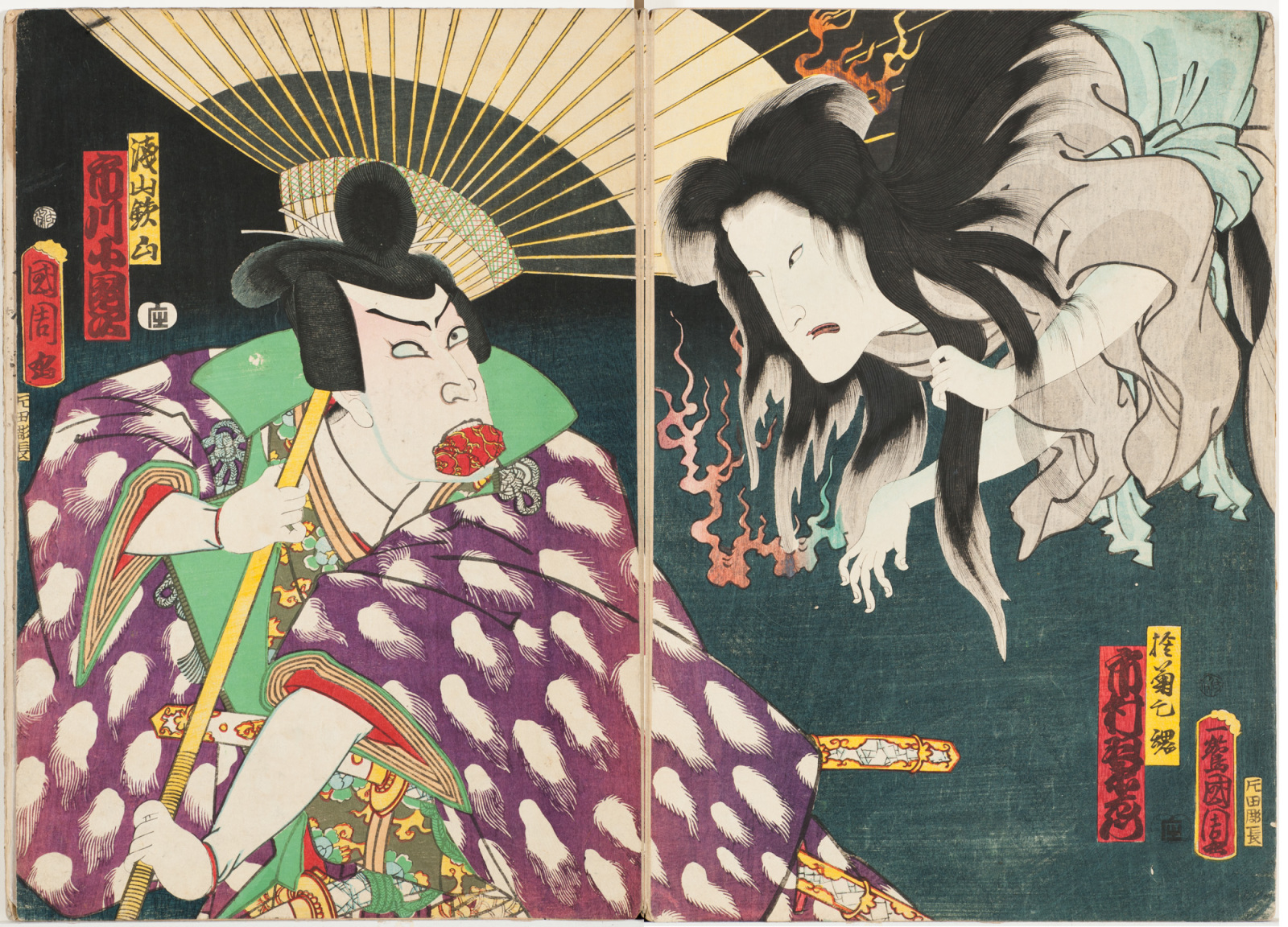
I have a proclivity for Japanese artwork, specifically ukiyo-e woodblock prints. I love the compositions, colors, distorted or flattened poses of the figures, and the history they depict. This print by Toyohara Kunichika is a favorite of mine not only because of the decorative patterns and colors on the actors’ clothing, but also because of the inclusion of a yurei (ghost). I’m a huge fan of yokai (monsters), yurei, and anything spooky so this print in particular grabbed my attention immediately.
Favorite of Carola Bell, Assistant Registrar, Loans
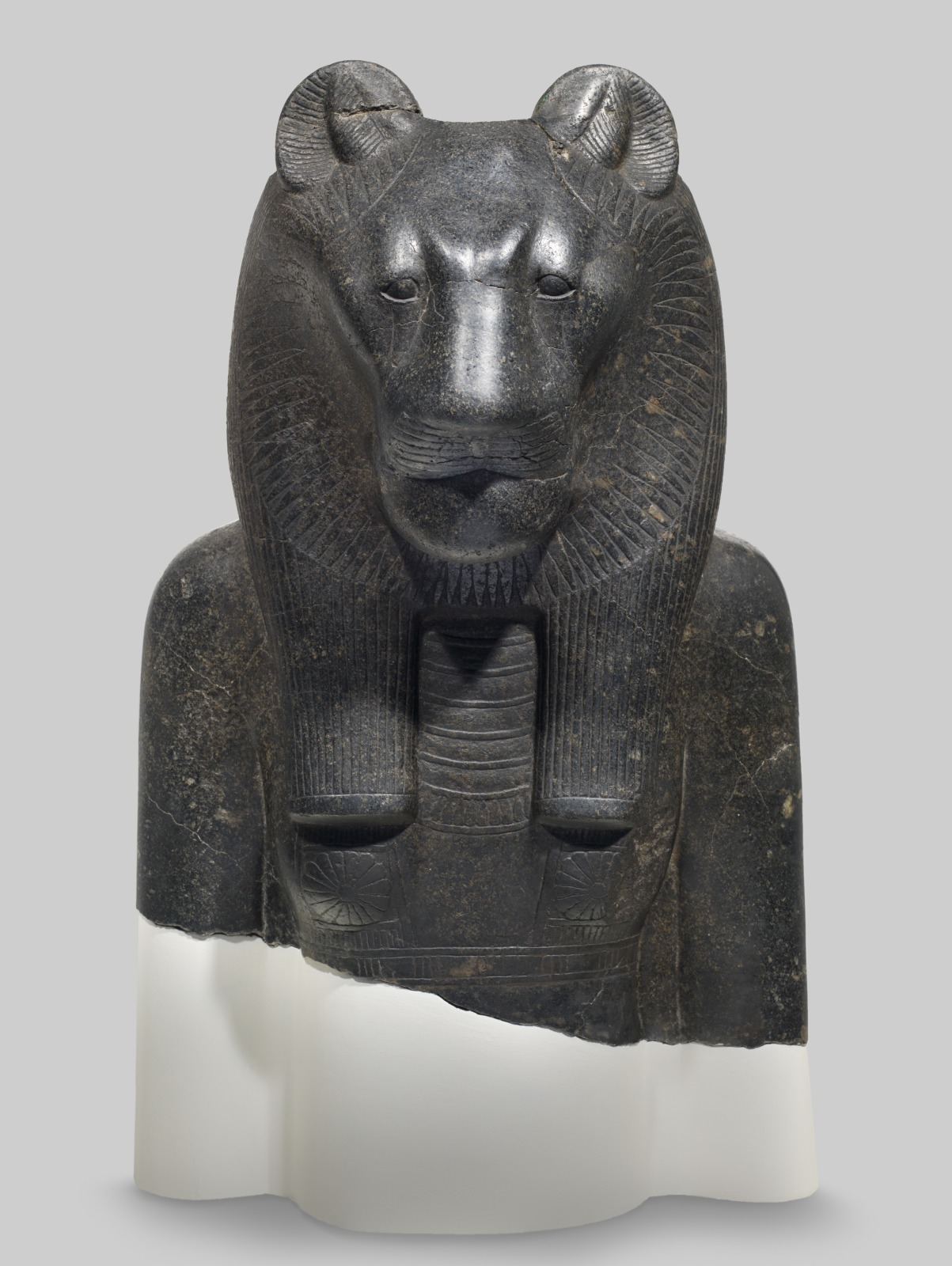
Pharaoh Amenhotep III commissioned hundreds of human-sized statues of the lion-headed goddess Sekhmet for his funerary temple, including the one to which this head belonged. Sekhmet, whose name means Powerful One, was both a protector and a fierce enemy – the goddess of sunset, destruction, death, and wisdom. I’ve loved this statue ever since I first visited the museum when I moved to the Northern Kentucky area over 25 years ago. Sekhmet is the ultimate personification of unapologetic female strength, grace, and power. Often, I’ve tried to imagine the sight of a whole temple hall lined with these figures carved in simple black granite. It must have been simultaneously fantastic and intimidating. Fabulous!
Do any of these works catch your eye? This selection of works represents the rich variety stored in the collection of the Cincinnati Art Museum. Make sure to pay a visit to this museum whenever you’ll visit Cincinnati!
Here you can explore the collection of the Cincinnati Art Museum.
Do you have any favorites? Let us know in the comments!
DailyArt Magazine needs your support. Every contribution, however big or small, is very valuable for our future. Thanks to it, we will be able to sustain and grow the Magazine. Thank you for your help!